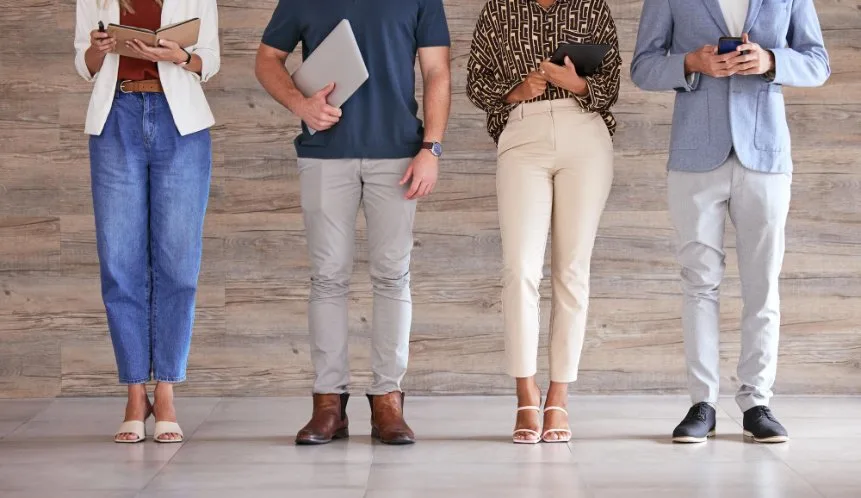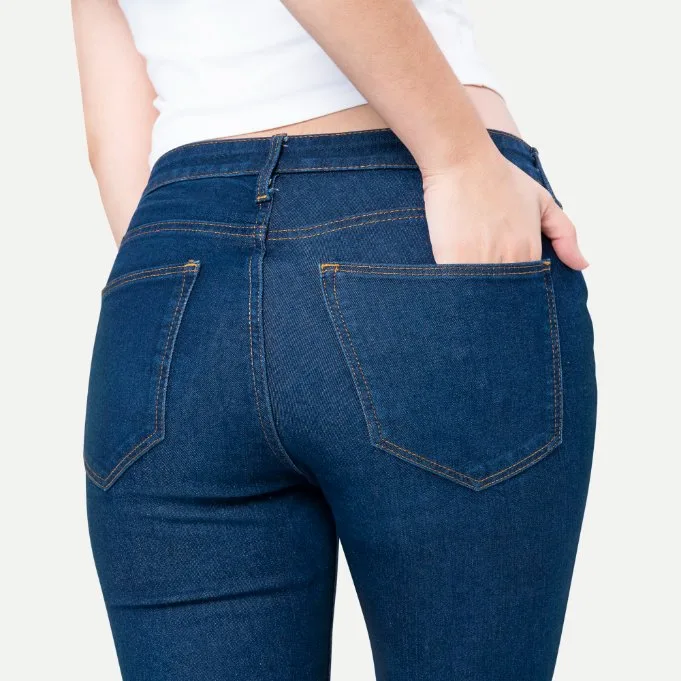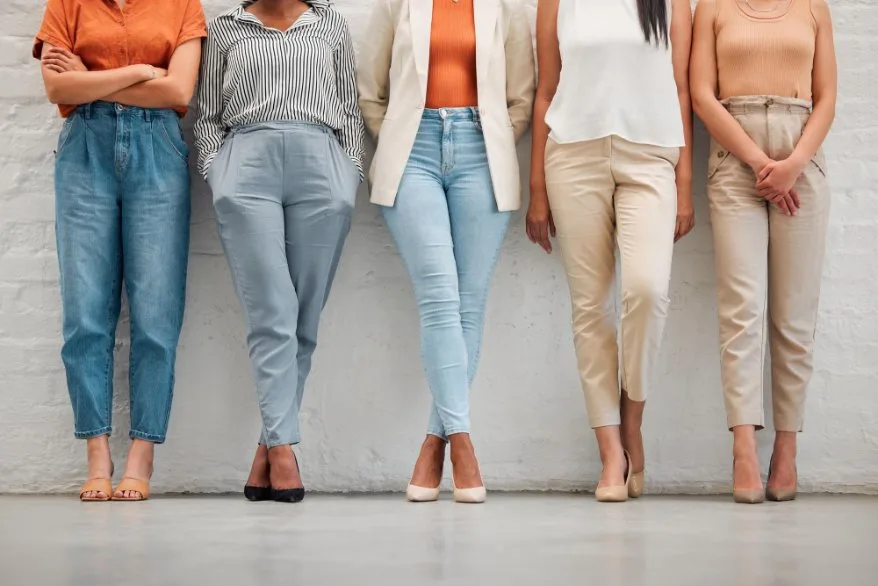Your Complete Guide to Regional Differences, Styling Tips, and 2025 Fashion Trends
Quick Answer: The main difference between pants and trousers is regional usage. In the US, “pants” refers to outerwear for the lower body, while in the UK, “pants” means underwear and “trousers” is used for outerwear. Understanding this distinction helps avoid embarrassing misunderstandings when traveling or shopping internationally.
Table of Contents
Regional Terminology Differences
United States Usage
- Pants: Outerwear covering legs from waist to ankles
- Trousers: More formal pants, often part of a suit
- Underwear: Garments worn under pants
United Kingdom Usage
- Trousers: Outerwear covering legs from waist to ankles
- Pants: Underwear or undergarments
- Knickers: Women’s underwear specifically
Do Brits Say Pants or Trousers?
British speakers primarily use “trousers” when referring to outerwear. The word “pants” in British English refers to underwear, making it potentially embarrassing if used incorrectly. However, younger generations in the UK are increasingly familiar with American usage due to global media influence, though they typically still use “trousers” in formal contexts.
What Do Americans Call UK Pants?
Americans call what the British refer to as “pants” (underwear) by terms such as underwear, underpants, boxers, briefs, or panties. This linguistic difference highlights the importance of understanding regional variations when traveling or communicating internationally.
Global Usage Map
| Region | Outerwear Term | Underwear Term |
|---|---|---|
| United States | Pants | Underwear/Underpants |
| United Kingdom | Trousers | Pants/Knickers |
| Australia | Pants/Trousers (both used) | Undies/Dacks |
| Canada | Pants | Underwear |
| South Africa | Pants/Trousers | Underwear |
Where in the UK Do You Call Trousers Pants?
Generally, nowhere in the UK would locals call trousers “pants” without causing confusion. However, in areas with significant American cultural influence or among younger demographics exposed to American media, there might be some crossover usage, though this remains informal and not widely accepted in traditional contexts.
Historical Evolution and Etymology
A comprehensive look at the fascinating history of pants and trousers
Origins of “Trousers”
The word “trousers” derives from the Gaelic word “triubhas,” referring to close-fitting shorts worn with stockings in Scottish Highland dress. According to the Oxford English Dictionary, this term evolved through centuries of linguistic development and became the standard British English term for leg-covering garments.
Why Is a Trouser Called a Pant?
The American term “pants” comes from “pantaloons,” which were tight-fitting breeches popular in the 17th and 18th centuries. Over time, as garments became looser and longer, the abbreviated term “pants” stuck in American English. The transition from “pantaloon” to “pant” reflects the natural evolution of language through practical usage.
19th Century Development
During the 19th century, trousers became widely accepted as standard male attire, signifying maturity and social standing. According to Britannica Encyclopedia, the construction typically featured high waistbands and was crafted from wool or heavy cotton. Military influence significantly shaped trouser designs, as many civilian styles originated from uniform requirements.
20th Century Innovations
The 20th century brought revolutionary changes to pants design. Women began wearing trousers widely during World War I and II due to factory work requirements. Key developments included:
- Introduction of synthetic fabrics for better durability
- Development of casual styles like chinos and khakis
- Evolution of denim from workwear to fashion staple
- Blurring of traditional gender distinctions in pants styles
Modern Evolution
Today’s pants and trousers reflect both traditional craftsmanship and modern innovation. Fabric technology has advanced significantly, allowing for performance features while maintaining classic silhouettes. As noted by fashion historians on Wikipedia, clothing terminology continues to evolve in response to fashion trends, which reflect broader social, artistic, and political changes. The global fashion industry continues to blend regional preferences with international trends.
Design and Construction Differences

What Makes a Trouser a Trouser?
Traditional trousers are characterized by specific construction elements that distinguish them from casual pants:
- Structured waistband: Often includes internal canvas or interfacing
- Belt loops: Typically 5-7 evenly spaced loops
- Formal pockets: Slant side pockets and welt back pockets
- Pressed creases: Sharp front and back leg creases
- Quality closures: Horn or metal buttons with smooth zippers
Construction Techniques
Professional trouser construction involves proper seam allowances and finishing techniques. Sewing techniques for quality trousers include French seams for durability and flat-fell seams for strength.
Fabric Considerations
The choice of fabric significantly impacts both the terminology and the garment’s characteristics. Understanding fabric types helps in selecting appropriate materials for different styles:
Wool Trousers
Traditional choice for formal wear, offering breathability and a polished appearance. Requires professional cleaning and careful storage.
Cotton Pants
Versatile and comfortable, suitable for casual and semi-formal occasions. Easy to care for and machine washable.
Synthetic Blends
Modern options offering wrinkle resistance and stretch. Perfect for travel and active lifestyles.
Types and Variations

What Pants Are Considered Trousers?
In American English, several types of pants fall under the “trousers” category:
- Dress pants: Formal pants worn with suits or business attire
- Suit trousers: Specifically designed to match suit jackets
- Wool trousers: High-quality pants made from wool fabrics
- Tailored pants: Custom-fitted formal pants
- Pleated trousers: Featuring front pleats for a classic look
Casual Pants Categories
| Type | Characteristics | Best For |
|---|---|---|
| Jeans | Denim fabric, rivets, five-pocket styling | Casual wear, everyday activities |
| Chinos | Cotton twill, flat front, versatile | Smart casual, business casual |
| Cargo Pants | Multiple pockets, utility design | Outdoor activities, casual wear |
| Khakis | Cotton or cotton blend, classic cut | Business casual, semi-formal |
Do Men Wear Pants or Trousers?
Men wear both pants and trousers, depending on the regional terminology and formality level. In the US, men typically say “pants” for all leg-covering garments, while specifying “dress pants” for formal occasions. In the UK, men wear “trousers” for outerwear and would never refer to them as “pants” without causing confusion.
What Is the Difference Between Pants and Trousers for Ladies?
For women’s fashion, the terminology follows similar regional patterns:
- American usage: “Pants” covers everything from jeans to formal wear
- British usage: “Trousers” for outerwear, with “pants” referring to underwear
- Style differences: Women’s trousers often feature different cuts, fits, and design elements compared to men’s
- Fashion terminology: Terms like “slacks,” “palazzo pants,” and “wide-leg trousers” transcend regional differences
2025 Fashion Trends
Top Trouser Trends for 2025
Fashion experts predict exciting developments in pants and trousers for 2025, focusing on sustainability, comfort, and versatile styling options.
Color Trends
2025 brings a shift toward earthy, sophisticated tones:
- Earthy Neutrals: Olive green, warm beige, stone grey
- Sophisticated Hues: Camel, taupe, deep navy
- Statement Colors: Soft pink, cream, and muted pastels
Sustainable Fabric Choices
Environmental consciousness drives 2025 trends toward eco-friendly options:
- Organic cotton and linen blends
- Recycled polyester and plastic alternatives
- Innovative plant-based materials
- Durability-focused construction for longer wear
Silhouette Evolution
2025 silhouettes balance comfort with sophistication:
Relaxed Tailoring
Looser fits with structured elements, moving away from overly skinny silhouettes while maintaining polish.
Wide-Leg Revival
Palazzo-style pants and wide-leg trousers gain popularity for their comfort and elegant drape.
Technical Innovation
Modern pants incorporate advanced features:
- Stretch technology for improved mobility
- Moisture-wicking properties for active lifestyles
- Wrinkle-resistance for travel convenience
- Temperature-regulating fabrics
Shopping and Buying Guide
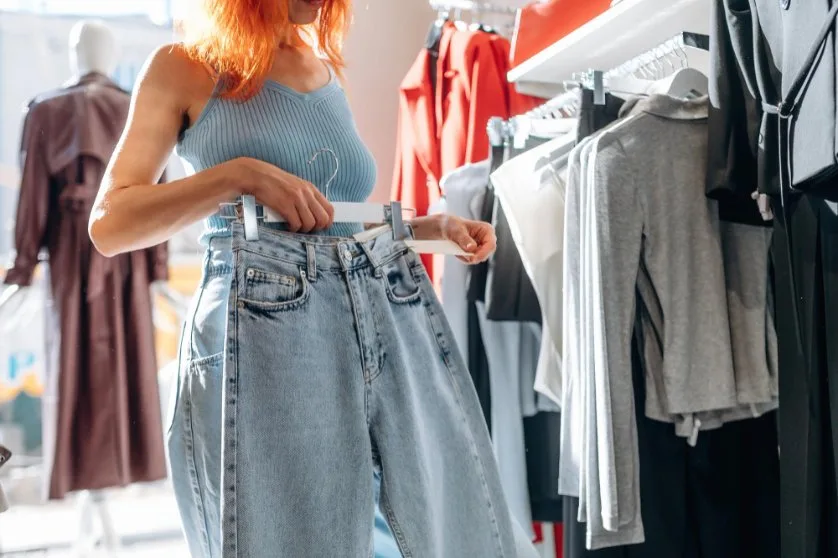
How to Choose Between Pants and Trousers for Different Occasions
Professional Settings
- Formal Business: Wool trousers with pressed creases
- Business Casual: Chinos or quality cotton pants
- Creative Industries: Dark jeans or tailored casual pants
Social Occasions
- Formal Events: Dress trousers in wool or wool blends
- Casual Gatherings: Well-fitted jeans or casual chinos
- Outdoor Activities: Cargo pants or technical fabrics
Price Comparison: Quality vs. Cost
| Price Range | Expected Quality | Best For |
|---|---|---|
| Budget ($20-50) | Basic construction, synthetic blends | Casual wear, young children |
| Mid-range ($50-150) | Quality fabrics, better construction | Business casual, everyday wear |
| Premium ($150-400) | Fine materials, expert tailoring | Professional wear, formal occasions |
| Luxury ($400+) | Exceptional fabrics, bespoke details | Investment pieces, special events |
Where to Buy Quality Pants and Trousers
- Department Stores: Wide selection, various price points
- Specialty Retailers: Expert fitting, quality focus
- Online Platforms: Convenience, extensive options
- Custom Tailors: Perfect fit, premium quality
For children’s clothing options, consider browsing quality girls’ bottoms that combine comfort with durability for active young ones.
Fit and Comfort Considerations
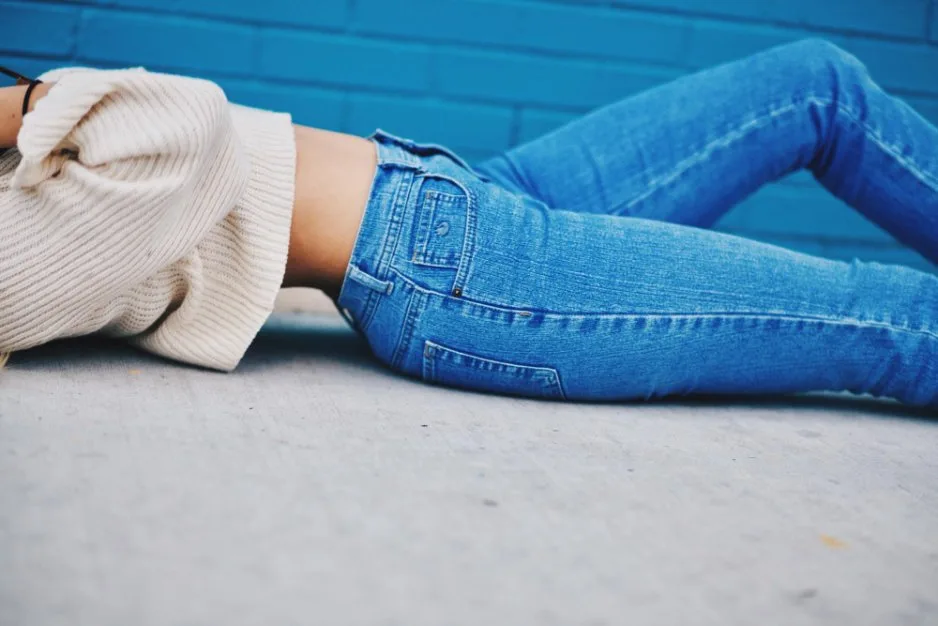
Importance of Proper Fit
Well-fitted pants or trousers significantly impact both comfort and appearance. Key fitting points include:
- Waist: Should sit comfortably without requiring a belt to stay up
- Length: Proper break at the ankle for trousers, appropriate inseam for casual pants
- Seat: Adequate room through hips and thighs without excess fabric
- Taper: Gradual narrowing from thigh to ankle for flattering silhouette
Fabric Selection for Comfort
Fabric choice directly affects comfort and performance:
Natural Fibers
Cotton, wool, and linen offer breathability and comfort but may require more care.
Synthetic Options
Polyester blends provide durability and easy care but may sacrifice breathability.
Performance Fabrics
Technical blends offer stretch, moisture management, and wrinkle resistance.
Sizing Considerations
Understanding sizing helps ensure proper fit:
- Waist measurement: Measure at natural waist, not hip level
- Inseam length: Inside leg measurement from crotch to desired hem
- Rise: Distance from crotch to waistband affects comfort and style
- Brand variations: Sizes vary between manufacturers and styles
Care and Maintenance
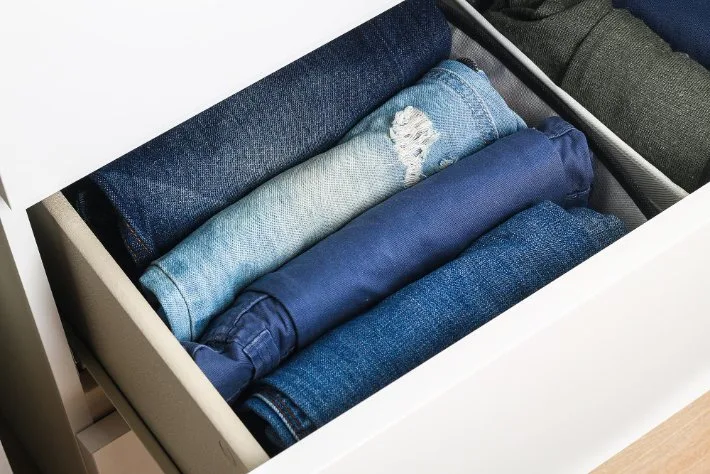
Fabric-Specific Care Instructions
Proper care extends the life of pants and trousers significantly:
| Fabric Type | Washing | Drying | Special Care |
|---|---|---|---|
| Wool | Dry clean or hand wash cold | Lay flat to dry | Professional pressing recommended |
| Cotton | Machine wash warm | Medium heat or line dry | Iron while slightly damp |
| Synthetic Blends | Machine wash cold | Low heat or air dry | Use fabric softener sparingly |
| Denim | Wash inside out, cold water | Air dry preferred | Minimal washing preserves color |
Storage and Organization
Proper storage maintains garment shape and prevents damage:
- Hanging: Use appropriate hangers for trousers to maintain creases
- Folding: Fold casual pants along natural crease lines
- Cedar storage: Protects wool garments from moth damage
- Rotation: Regular wear prevents permanent creasing and maintains fabric integrity
For comprehensive fabric care guidance, explore detailed cotton care tips and wool care instructions for maintaining quality garments.
Styling Tips for Different Occasions

Professional Wardrobe Essentials
Building a versatile professional wardrobe requires strategic selection:
- Core pieces: Navy and charcoal wool trousers for formal settings
- Versatile options: Quality chinos in neutral colors for business casual
- Seasonal considerations: Lighter fabrics for summer, heavier weights for winter
- Fit consistency: Maintain similar fit across different styles for cohesive appearance
Casual Styling Strategies
Casual pants offer numerous styling opportunities:
Weekend Comfort
- Well-fitted jeans with quality casual tops
- Comfortable chinos for relaxed outings
- Cargo pants for outdoor activities
Smart Casual
- Dark jeans with blazers for elevated casual look
- Chinos with button-down shirts
- Quality casual pants with stylish blouses
Seasonal Styling Adaptations
Adapt pants and trousers choices to seasonal requirements:
- Spring: Light cotton and linen blends in fresh colors
- Summer: Breathable fabrics, lighter colors, shorter inseams
- Fall: Transition to heavier fabrics, earth tones
- Winter: Wool trousers, darker colors, layering-friendly cuts
International Business Travel
Understanding terminology helps when shopping or discussing clothing internationally:
- US business trips: Pack “dress pants” and “casual pants”
- UK business trips: Bring “formal trousers” and avoid saying “pants”
- Global meetings: Use universally understood terms like “suit trousers” or specific fabric names
Frequently Asked Questions
Conclusion
Understanding the difference between pants and trousers extends far beyond simple terminology. These regional language variations reflect deep cultural traditions and practical considerations that continue to evolve in our globalized world.
Essential Takeaways
- Regional Awareness: Always consider your audience when using clothing terminology, especially in international business or travel contexts
- Quality Matters: Invest in well-constructed garments using appropriate fabric types for your intended use
- Fit is Key: Proper fitting trumps brand names or price points in achieving polished, comfortable appearance
- Versatility Wins: Build a wardrobe around versatile pieces that transition between formal and casual settings
- Care Extends Life: Follow appropriate care instructions to maintain garment quality and appearance
Shopping Recommendations for 2025
When building or updating your wardrobe, prioritize sustainable options and versatile pieces that reflect current trends while maintaining timeless appeal. Consider investing in:
- High-quality wool trousers for formal occasions
- Versatile chinos in neutral colors for business casual settings
- Well-fitted jeans in classic washes for casual wear
- Technical fabric options for active lifestyles and travel
Global Fashion Considerations
As fashion becomes increasingly global, understanding these terminology differences helps navigate international shopping, business interactions, and cultural exchanges. The rise of social media influence on fashion continues to blend regional preferences while maintaining distinct cultural identities.
Future Outlook
The distinction between pants and trousers will likely persist as a charming reminder of linguistic diversity in English-speaking countries. However, the garments themselves continue evolving with technology, sustainability concerns, and changing lifestyle needs driving innovation in design and manufacturing.
Whether you call them pants or trousers, the goal remains the same: finding well-made, properly fitted garments that serve your lifestyle needs while expressing your personal style. Understanding these differences ensures you communicate clearly and shop confidently, regardless of where your fashion journey takes you.
Final Recommendations
- Build gradually: Invest in quality pieces over time rather than rushing to fill your wardrobe
- Consider lifestyle: Choose fabrics and styles that match your daily activities and climate
- Embrace versatility: Select pieces that work across multiple settings and seasons
- Maintain properly: Follow care instructions to protect your investment
- Stay informed: Keep up with evolving fashion trends while maintaining your personal style
For more fashion insights and clothing care tips, explore our comprehensive guides on women’s fashion trends and sewing techniques to understand garment construction better.

